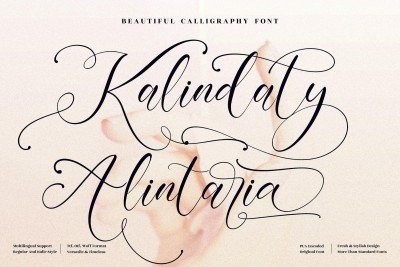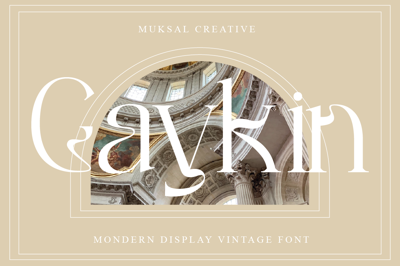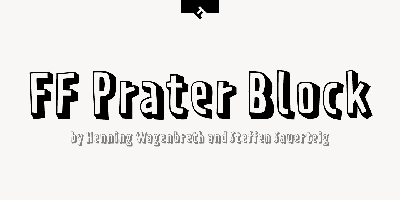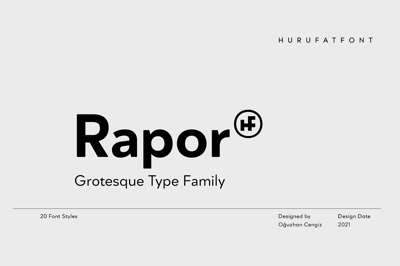The Power of Free Fonts: How to Use Them Without Compromising Quality
The Power of Free Fonts: How to Use Them Without Compromising Quality
Free fonts have democratized design, giving creators access to a wide range of typefaces without breaking the budget. But with so many options comes the challenge: How do you use free fonts while maintaining professional quality? Here’s a guide to harnessing the power of free fonts effectively.
1. Be Selective—Not All Free Fonts Are Created Equal
The internet is filled with free fonts, but not all meet professional standards. Prioritize fonts from trusted sources like:
Google Fonts
Adobe Fonts (free tier)
Font Squirrel (curated free fonts)
Independent designers with clear licensing
Tip: Avoid low-quality fonts with poor kerning, incomplete character sets, or inconsistent strokes.
2. Always Check the License
Free doesn’t always mean free for commercial use. Read the licensing terms carefully:
"Free for personal use" → can’t use for client projects or commercial products
"Open source" → flexible for commercial and personal use
When in doubt, contact the designer or choose fonts explicitly labeled for commercial use.
3. Use Free Fonts Strategically
You don’t have to use free fonts for everything. Many designers use a free font for body text (e.g., Open Sans) and invest in a premium font for the logo or headlines.
Hybrid approach: Combine free and paid fonts to balance budget and uniqueness.
4. Stick to 1–2 Fonts Per Project
Mixing too many fonts creates visual clutter, regardless of price. Limiting yourself to one or two complementary fonts maintains hierarchy and cohesion.
Pair a free serif and free sans-serif for contrast.
Use different weights/styles within a single font family for variation.
5. Test for Screen & Print Compatibility
Not all free fonts are optimized for every medium. Check how your chosen font renders:
On mobile and desktop screens
In print (at various sizes)
Across browsers and devices
Fonts like Roboto, Lato, and Inter are known for their versatility.
6. Don’t Rely Solely on Trends
Trendy fonts (like handwritten scripts or retro styles) are fun but may not age well or suit every project. Evaluate if the font aligns with your brand voice and long-term goals.
Use trendy free fonts for seasonal campaigns or temporary projects.
Stick to timeless fonts for branding or core identity work.
7. Watch for Missing Glyphs
Many free fonts lack special characters (e.g., accented letters, symbols). Ensure the font supports all the languages and symbols you need.
Check the glyph map or character set before committing.
8. Enhance Free Fonts with Styling
Don’t underestimate the power of styling! Free fonts can look more polished with thoughtful typography techniques:
Adjust kerning and tracking for better balance.
Use color, texture, and hierarchy creatively.
Pair with clean layouts and strong visuals.
Final Thoughts
Free fonts are powerful tools in the hands of intentional designers. By being selective, strategic, and mindful of licensing and quality, you can achieve professional results without spending a dime.
Remember: it’s not just about the font itself—it’s how you use it.





